In recent weeks, our team at LLM Derbyshire have had several reports of bottle jaw in ewes and lambs. This refers to fluid build up (oedema) beneath the mandible (lower jaw). There are two key parasitic causes of bottle jaw in sheep – a burden of either liver fluke (Fasciola hepatica) and / or barber’s pole worm (Haemonchus contortus).
Unfortunately, the sheep will not develop immunity to either after controlled exposure.
The pathology behind the collection of fluid below the jaw is interesting and is directly related to how these parasites impact the flock.
Liver fluke can present in either an acute/ subacute or chronic form. Acute / subacute disease is caused by migration of immature fluke through the tissue of the liver and is characterised by bottle jaw, rapid condition loss, and sudden death. Chronic disease is caused by the presence of adult fluke in the bile duct, which leads to chronic scour, poor condition, bottle jaw, and general ill thrift. The timings of these presentations vary – acute disease is likely seen in the autumn, whereas chronic disease is more commonly seen in the winter (as immature fluke develop into adults). The reason fluke leads to the accumulation of fluid below the jaw is because the key blood protein, albumin, is made in the liver, and albumin is responsible for holding fluid within the blood vessels of the animal. Damage to the liver by these parasites means albumin production is decreased, and therefore fluid leaks from blood vessels into the submandibular space.
Barber’s pole worm presents similarly to acute fluke – sudden death, acute condition loss, and bottle jaw are all characteristic, as well as milk drop in lactating ewes which can be detrimental to lamb growth. Anaemia is also a key clinical sign of Haemonchus burden, which manifests as pale mucous membranes (examine the conjunctiva of the eye, this is more useful than looking at oral membranes – see FAMACHA scoring online). Barber’s pole worm lives in the abomasum (the stomach of ruminants which is key for absorption). It consumes blood (a sheep with 5000 worms may lose 250 ml of blood daily) which is why we see both anaemia and bottle jaw – red blood cells and albumin are depleted, causing pale mucous membranes and submandibular oedema respectively. Acute fluke and barber’s pole worm are both relatively easy to identify on postmortem examination.
Barber’s pole worm presents similarly to acute fluke – sudden death, acute condition loss, and bottle jaw are all characteristic, as well as milk drop in lactating ewes which can be detrimental to lamb growth. Anaemia is also a key clinical sign of Haemonchus burden, which manifests as pale mucous membranes (examine the conjunctiva of the eye, this is more useful than looking at oral membranes – see FAMACHA scoring online). Barber’s pole worm lives in the abomasum (the stomach of ruminants which is key for absorption). It consumes blood (a sheep with 5000 worms may lose 250 ml of blood daily) which is why we see both anaemia and bottle jaw – red blood cells and albumin are depleted, causing pale mucous membranes and submandibular oedema respectively. Acute fluke and barber’s pole worm are both relatively easy to identify on postmortem examination.
As always, a faecal sample can provide valuable insight into parasite burden. In the case of acute fluke, however, faecal worm egg counts can be difficult to interpret. This is because the disease is caused by immature parasites and as such no eggs have been produced and passed in the faeces. Despite this, we can perform a lab test on faeces to identify fluke antigen or perform a blood test to identify fluke antibody. The former indicates current infection, and the latter indicates previous exposure.
Haemonchus worms are produce lots of eggs and therefore even a small number can produce a very high egg count (often without scour). This means that pasture can become heavily contaminated quickly and many animals can be infected over a short period. If you are losing animals but aren’t seeing scour, don’t discount worms! As always in the case of parasites, prevention of wormer resistance whilst treating animals effectively is the goal. This starts with proper quarantine and treatment of any bought in sheep (speak to your vet for further advice). Treatment of fluke is complex and involves timing of the product to kill the correct stage of the parasite’s lifecycle depending on the time of year. Using only one flukicide or using flukicides unnecessarily will contribute to resistance. Some drugs will target both haemonchus and certain stages of fluke (e.g. closantel), or haemonchus and other roundworms (e.g. macrocyclic lactones). Responsibly choosing the correct wormer can be difficult – always seek vet advice if in doubt!
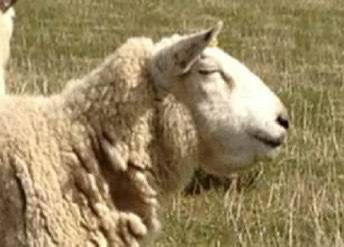
Bottle jaw in an adult sheep. Photo credit – SCOPS
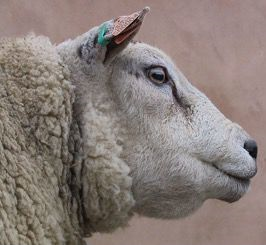
Bottle jaw in a Texel ram with fluke – the ewes had been treated on this farm but not the rams. Photo credit: NADIS

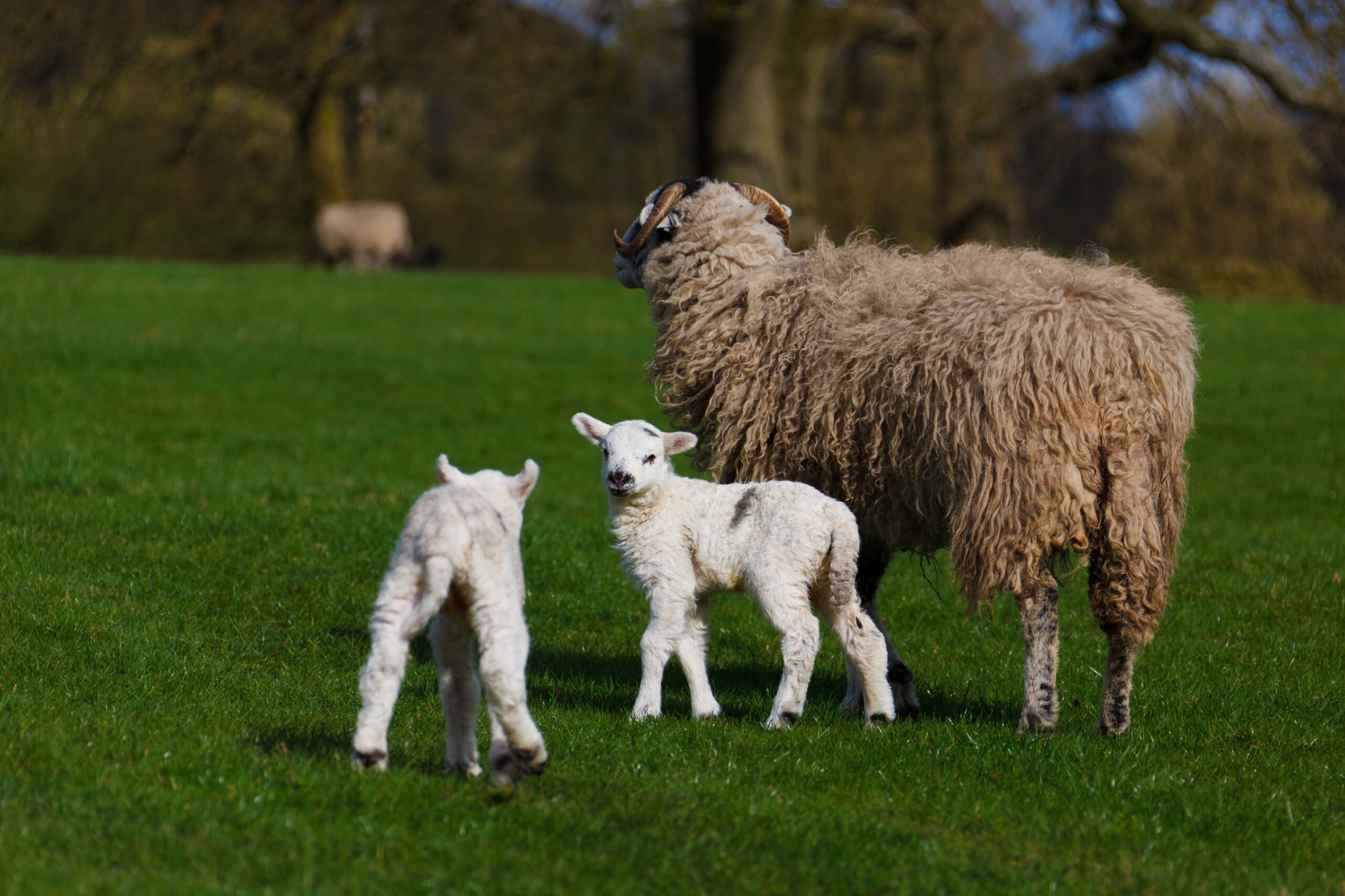
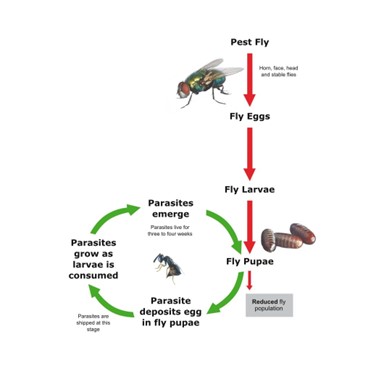







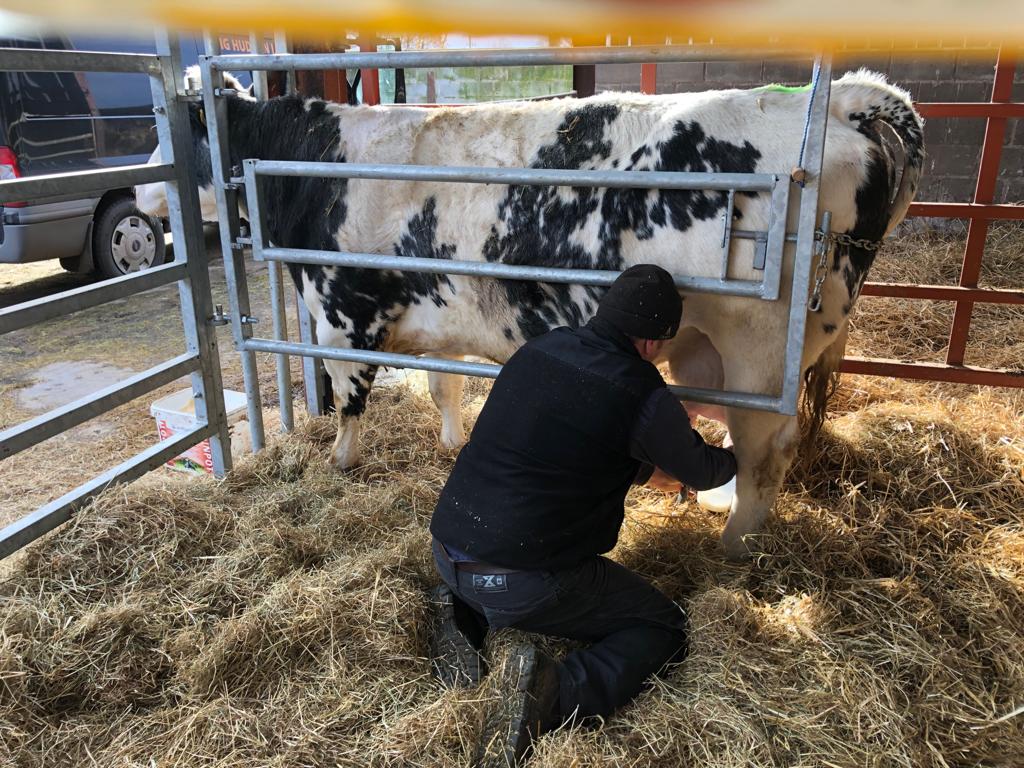
Leave A Comment